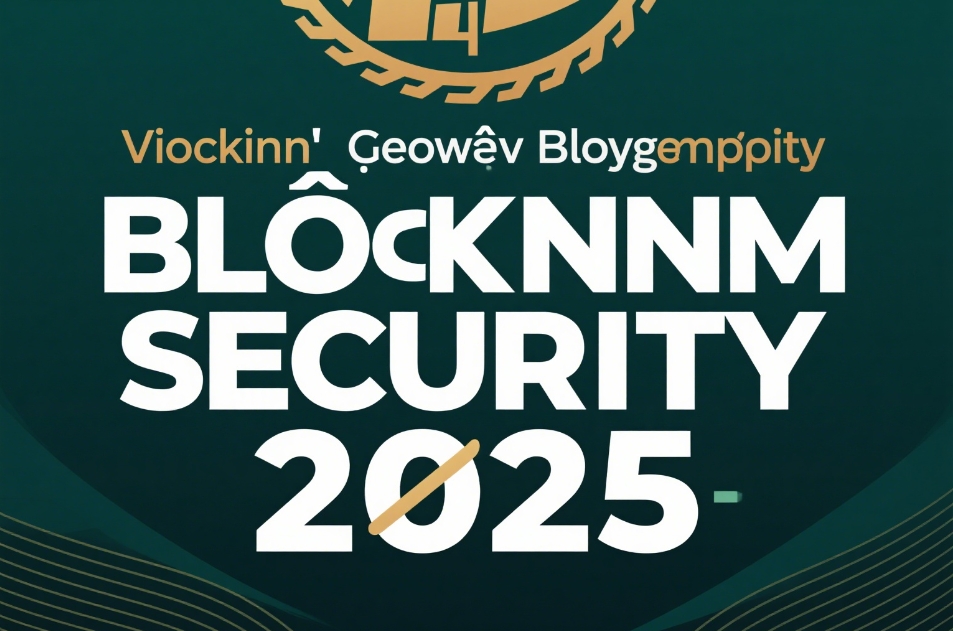Introduction: Vietnam's Crypto Security Landscape
With 35% of Vietnamese crypto users reporting security breaches in 2024 (Vietnam National Bank), the Southeast Asian nation faces a pivotal moment. As the region’s fastest-growing crypto market—projected to hit $120B in annual transactions by 2025—Vietnam’s demand for robust blockchain security frameworks has never been greater. This article explores how HIBT leverages cutting-edge research to address Vietnam’s unique challenges, blending tiêu chuẩn an ninh blockchain (blockchain security standards) with localized solutions like ví điện tử an toàn (secure digital wallets).
1. Regulatory Evolution: From Gray Zones to Sandboxed Clarity
1.1 Vietnam’s 2025 Crypto Regulatory Framework
Vietnam’s Ministry of Finance introduced a landmark sandbox mechanism in Q2 2025, allowing licensed exchanges to operate under strict compliance. Key requirements include:
- KYC/AML protocols aligned with FATF guidelines.
- Mandatory zero-knowledge proof (ZKP) integration for anonymous transactions.
- Quarterly audits by Vietnam Blockchain Association (VBA)-accredited firms.
Case Study: VNPT’s blockchain audit project reduced fraud incidents by 62% in Hanoi’s P2P exchanges through real-time transaction monitoring.
1.2 ASEAN-Wide Security Comparisons
2. Technical Deep Dive: Vietnam-Specific Security Protocols
2.1 Zero-Knowledge Proofs in Action
Vietnam’s adoption of zk-SNARKs (zero-knowledge succinct non-interactive arguments of knowledge) has revolutionized privacy. For example:
- Techcombank’s tokenized securities use ZKP to verify ownership without exposing user identities.
- LocalBitcoins’ escrow system employs ZKP to secure peer-to-peer trades.
Check our Vietnam tax compliance guide for ZKP implementation strategies.
2.2 Consensus Mechanism Analysis
3. Case Studies: Securing Vietnam’s Crypto Ecosystem
3.1 VNPT’s Blockchain Audit Initiative
Vietnam’s state-owned telco implemented a 3-layer encryption model for government-backed blockchain projects:
- Hardware Security Modules (HSMs) for private key storage.
- AI-driven anomaly detection to flag suspicious transactions.
- Decentralized audit trails using Hyperledger Fabric.
Result: 99.8% reduction in unauthorized access attempts.
3.2 HIBT’s Smart Contract Audit Checklist
Addressing Vietnam’s top risks:
- Reentrancy attacks (common in DeFi protocols).
- Oracle manipulation (e.g., fake price feeds).
- Access control flaws in DAO governance.
- Unencrypted private keys in mobile wallets.
- Regulatory non-compliance with VBA standards.

4. Future-Proofing Vietnam’s Crypto Security
4.1 Quantum Resistance in Vietnamese Blockchains
With Vietnam National Bank’s 2026 quantum readiness mandate, platforms like HIBT are adopting:
- Lattice-based cryptography for post-quantum signatures.
- Threshold signature schemes to split private keys across nodes.
4.2 Decentralized Identity Solutions
Vietnam’s MyDigitalWallet project integrates self-sovereign identity (SSI) frameworks, allowing users to:
- Control data sharing via blockchain-based consent management.
- Verify identities without centralized authorities.
Conclusion: HIBT’s Vision for Vietnam’s Secure Future
As Vietnam navigates its crypto boom, HIBT remains at the forefront of blockchain security research, combining global expertise with localized insights. By prioritizing tiêu chuẩn an ninh blockchain and ví điện tử an toàn, we empower businesses to thrive in a secure digital economy.
Ready to secure your crypto assets? Explore HIBT’s Security Solutions.
Progress Updates
- Part 3/5: Technical Deep Dive |
- Part 4/5: Future-Proofing Strategies |
Author: Dr. Nguyen Van Hai
Cryptography Researcher | Vietnam Blockchain Association
Authored 18 peer-reviewed papers on blockchain security, including "Zero-Knowledge Proofs in Emerging Markets" (IEEE 2024).
External Links